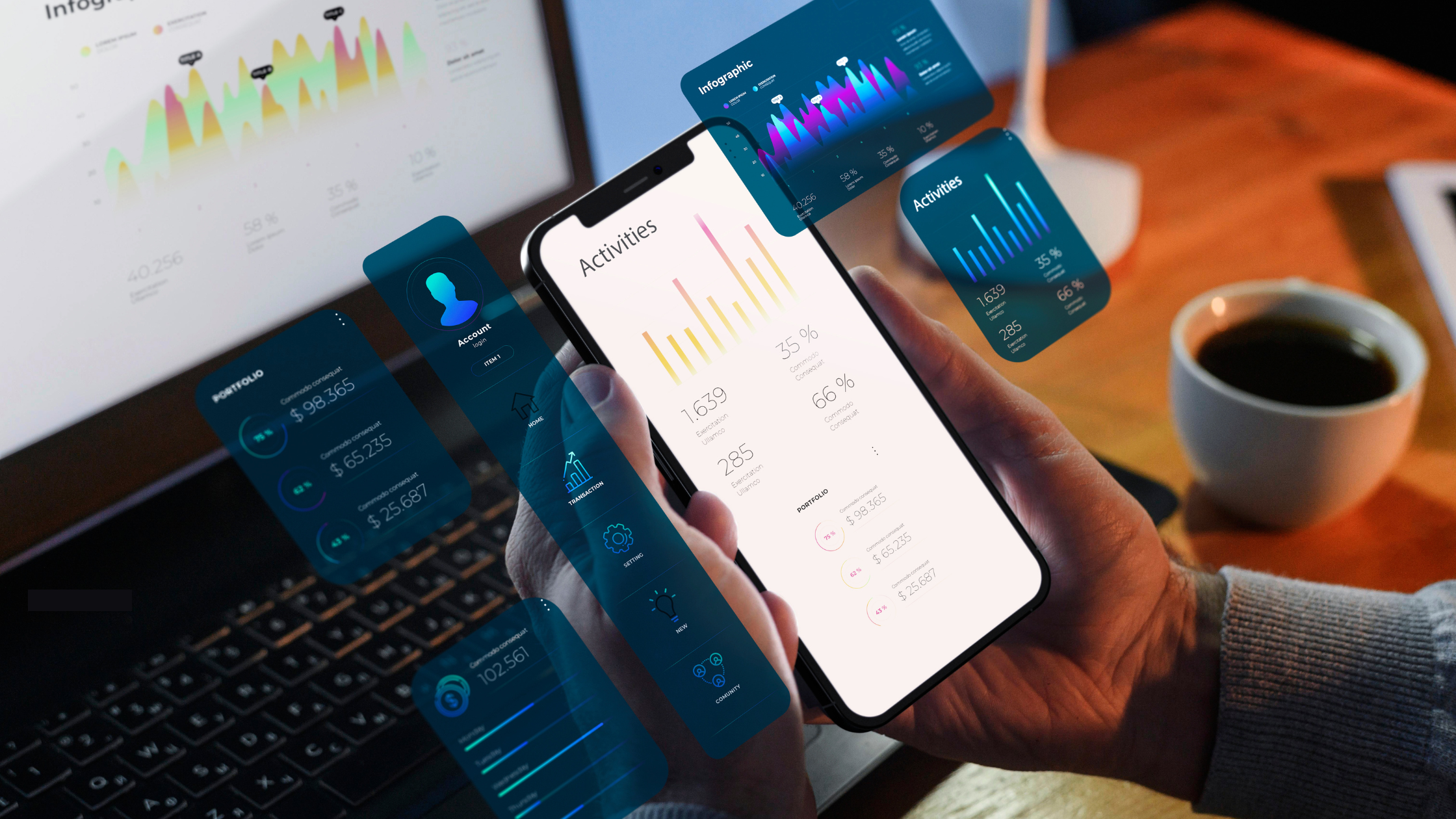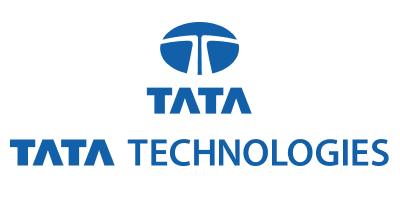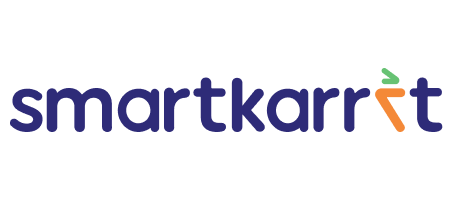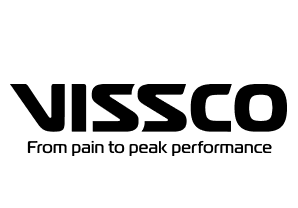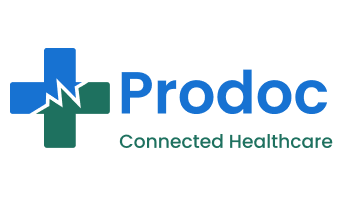Introduction:
Let me tell you about the way I used to manage projects. I followed a traditional step-by-step process, starting from design and ending with deployment. However, dealing with stakeholders back and forth caused delays and inefficiencies. That’s when I discovered the agile mindset and decided to give it a try.
Discovering Agile:
Shifting from the conventional waterfall approach, I began breaking down project requirements into smaller, manageable phases. The aim was to deliver incremental outcomes and receive continuous feedback. It was a game-changer.
Choosing Scrum:
Among the various agile frameworks, I opted for Scrum. Its popularity intrigued me, and I believed it could bring positive changes. Little did I know that adopting Scrum is a gradual process; it takes time for a team to adapt and grow.
Implementation Challenges:
Implementing Scrum wasn’t a walk in the park. It required a learning curve for both me and the team. Patience became our virtue as we embraced the idea of constant learning and improvement.
A Structured Approach:
To make Scrum work, I started breaking down projects into smaller sprints, each lasting two weeks. As the designated Scrum Master, I took charge of organizing meetings, ensuring they were concise, and keeping everything on track.
Navigating the Sprint Lifecycle:
1. Backlog Creation: I initiated the process by gathering input from the product owner, creating a backlog of tasks.
2. Task Estimation: Collaborating with the team, we estimated the time needed for each task.
3. Sprint Planning: Timeboxing became a crucial element, limiting our planning sessions to four hours.
4. Daily Standups: Short morning and evening meetings kept everyone in the loop and focused.
5. Review and Retrospective: At the end of each week, we conducted a thorough review, reflecting on our progress and planning for the next sprint.
Continuous Improvement:
Our journey involved continuous learning and refinement. Each sprint taught us valuable lessons, and we iteratively improved based on feedback, ensuring alignment with the product owner’s expectations.
Looking to the Future:
As we conclude this chapter, it’s essential to acknowledge that my journey doesn’t end here. The approach will continue to evolve, guided by the principles of continuous improvement. The future holds the promise of refined processes, enhanced collaboration, and even more efficient project outcomes.






